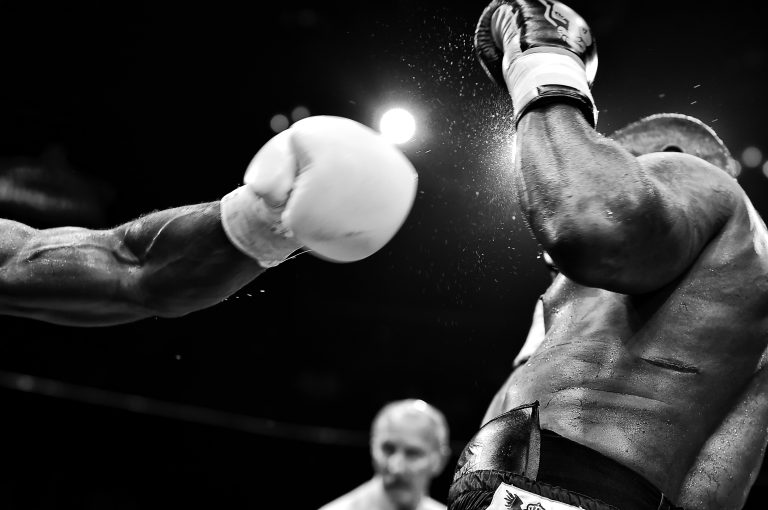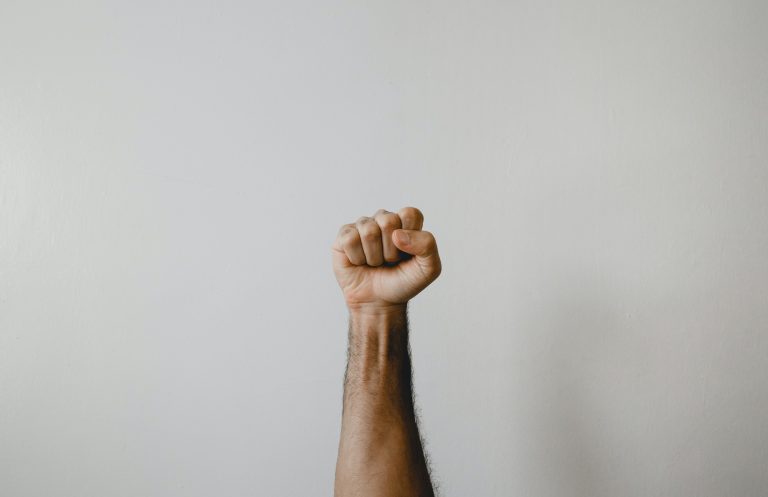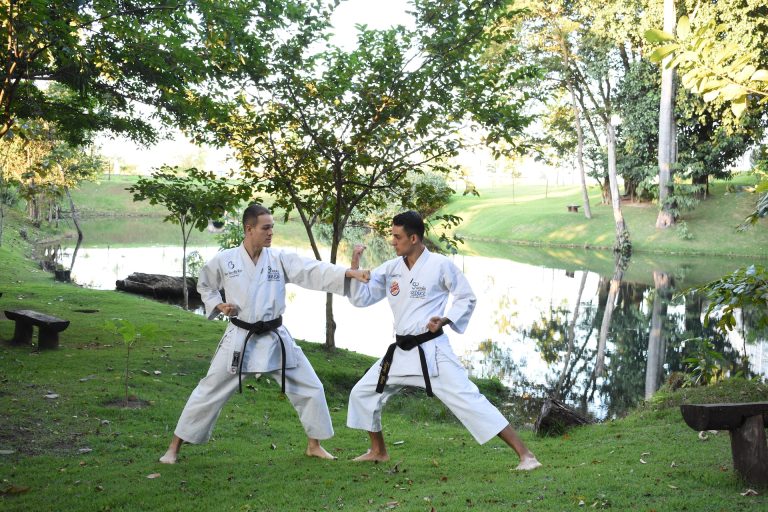How Karate Works: A Comprehensive Guide
Karate is a martial art that originated in Okinawa, Japan, and is now practiced all around the world. It is known for its powerful strikes and dynamic movements, making it a popular choice for self-defense, fitness, and competition. But how exactly does karate work? In this guide, we’ll explore the key elements of karate and how they come together to make this martial art so effective.
The Basics of Karate
Karate is a striking-based martial art that emphasizes using punches, kicks, and other strikes to defeat opponents. Most karate techniques are designed to maximize the delivery of power by using the body’s natural movements and structure. This means that karate practitioners must have a strong foundation of physical fitness, including strength, speed, and flexibility.
One of the key principles of karate is using the body as a single unit. This means that every movement in karate – from a punch to a kick to a block – should be coordinated and fluid. By using the body as a whole, practitioners can generate maximum power and speed in their techniques.
Another important aspect of karate is its focus on sparring and competition. Karate practitioners often engage in full-contact sparring matches, where they can test their skills against others and improve their overall technique. These matches are highly competitive and require a great deal of skill and strategy to win.
The Anatomy of a Karate Technique
To understand how karate works, it’s important to break down the anatomy of a typical karate technique. Most techniques in karate involve several key components:
1. Stance: A strong, balanced stance is crucial for generating power in karate. Most karate techniques are initiated from a strong fighting stance, with the feet shoulder-width apart and the body weight evenly distributed.
2. Chamber: Before executing a technique, the karate practitioner will often bring their limb (arm or leg) back to a „chambered“ position. This prepares the body for the technique and helps generate extra power.
3. Strike: The karate practitioner then delivers a powerful strike using their chosen limb. This can take many forms, depending on the technique and the situation.
4. Follow-Through: After the strike, the karate practitioner must follow through with the technique, ensuring that they are well-balanced and ready for any counter-attacks.
This anatomy of a karate technique may seem simple, but it requires many years of training and practice to master. Each component of the technique must be executed with precision and intention, maximizing the power of the technique and minimizing any openings for counter-attacks.
The Importance of Kata
Kata is a Japanese term for a series of choreographed movements that are often practiced in karate. While kata may look like a simple demonstration, they are actually a crucial part of karate training.
Kata teaches karate practitioners to put together a series of techniques in a fluid, coordinated manner. It also helps develop balance, timing, and focus. By practicing kata regularly, karate practitioners can fine-tune these fundamental elements of karate and become more confident and skillful martial artists.
The Mental Aspect of Karate
Karate is not just a physical sport; it also requires a strong mental game. In karate, mental toughness and focus are just as important as physical fitness and technique. Karate practitioners must learn to control their emotions and stay focused, even in high-pressure situations.
Another important mental aspect of karate is respect. Karate practitioners are expected to show respect to their instructors, opponents, and training partners at all times. This respect extends to the dojo itself, as karate practitioners must keep their training space clean and free of clutter.
How Karate Works: Answers to the Most Frequently Asked Questions
What is Karate?
Karate is a form of martial arts that originated in Okinawa, Japan. It is a system of self-defense that uses striking, kicking, and grappling techniques. Karate is now practiced all over the world and has become an Olympic sport.
How does Karate work?
Karate works by teaching practitioners how to defend themselves through a variety of techniques. The goal is to use a combination of strikes, kicks, blocks, and throws to incapacitate an opponent. The techniques are designed to be effective against attackers of different sizes and strengths.
What are the benefits of practicing Karate?
Practicing Karate can have a multitude of benefits, both physical and mental. Some benefits include:
- Improved physical fitness
- Increase in flexibility and coordination
- Improved balance
- Increased mental focus and discipline
- Increased self-confidence and self-esteem
- Increased situational awareness and safety
What are some basic techniques in Karate?
Some basic techniques in Karate include:
- Punches
- Elbow strikes
- Kicks
- Knee strikes
- Blocks
- Throws and takedowns
Do I need to be in good shape to practice Karate?
No, you do not need to be in good shape to practice Karate. In fact, practicing Karate can help improve your physical fitness over time. Many Karate schools offer classes for all fitness levels, and instructors can modify techniques as needed to accommodate individual abilities.
What do I need to get started practicing Karate?
To get started practicing Karate, you will need:
- Comfortable workout clothes
- A water bottle
- A Karate uniform, or Gi
Some Karate schools may also require protective gear, such as gloves or shin guards, depending on the level of training.
What is the ranking system in Karate?
Karate makes use of a ranking system to indicate a practitioner’s level of skill and experience. The ranking system typically involves colored belts, with each color representing a different level of expertise. The order of belts varies depending on the style of Karate, but the general sequence is:
- White belt
- Yellow belt
- Orange belt
- Green belt
- Blue belt
- Brown belt
- Black belt
Is Karate safe?
Like any physical activity, there is always some level of risk involved in practicing Karate. However, with proper training and supervision, the risk of injury is minimal. Many Karate schools have strict safety guidelines and require students to wear protective gear during sparring and other types of training.
It is important to note that the self-defense techniques taught in Karate should only be used in situations where physical harm is imminent and should be used to protect yourself or others.
What should I look for in a Karate school?
When looking for a Karate school, there are several factors to consider:
- The instructor’s qualifications and experience
- The school’s safety record
- The quality of instruction
- The availability of classes that fit your schedule
- The school’s philosophy and approach to teaching Karate
It is also a good idea to visit a potential school and observe a class before committing to enrollment.
Introduction
Have you ever wondered how karate works? Karate is a traditional martial art that originated in Okinawa, Japan. It involves various techniques and movements, including punches, kicks, and striking techniques. It focuses on honing the body and mind, enhancing self-defense skills, and developing discipline and respect. In this how-to guide, we will explore how karate works and the fundamental elements of this martial art.
Step 1: Understanding the History of Karate
Before delving into the mechanics of karate, it is essential to understand the history and background of this martial art. Karate originated in Okinawa, Japan, during a time when weapons were banned by the ruling government. As a result, ancient Okinawan people developed hand-to-hand combat techniques, which later became known as karate.
It is said that karate was introduced to the rest of the world by Gichin Funakoshi in the early 20th century. Today, karate is practiced worldwide, with millions of followers and practitioners.
Step 2: Understanding the Philosophy of Karate
At the core of karate is a philosophy that emphasizes discipline, respect, and self-control. Practitioners of karate are expected to adhere to a strict code of conduct and to show respect to their instructors and fellow students. This philosophy is based on the idea that karate is not just a physical sport but also a mental discipline.
Furthermore, the philosophy of karate is based on the principle of „karate ni sente nashi,“ which means „there is no first strike in karate.“ This means that karate practitioners should avoid confrontation whenever possible but be prepared to defend themselves if necessary.
Step 3: Understanding the Fundamental Elements of Karate
Karate involves several fundamental elements, including stance, blocks, strikes, and kicks. These elements are combined to create powerful and effective self-defense techniques. Here are some of the most common fundamental elements of karate:
Stance
The stance forms the foundation of karate. The correct stance provides balance and stability, enabling the practitioner to perform the various techniques of karate effectively. There are several types of stances in karate, including the front stance, back stance, horse stance, and cat stance.
Blocks
Blocks are used to deflect or stop an opponent’s attack. There are several types of blocks in karate, including the high block, middle block, low block, and inside block. Each block is used to counter specific types of attacks.
Strikes
Strikes are used to attack an opponent’s vital areas. There are several types of strikes in karate, including punches, elbow strikes, and knife-hand strikes. Each strike is designed to be quick, powerful, and precise.
Kicks
Kicks are used to attack an opponent’s lower body or head. There are several types of kicks in karate, including the front kick, sidekick, roundhouse kick, and back kick. Kicks require flexibility, speed, and accuracy to be effective.
Step 4: Practicing Karate
Practicing karate requires dedication, commitment, and discipline. Beginners should start by learning the basic techniques and gradually build upon their skills. It is essential to find a qualified instructor who can guide you through the various techniques and help you refine your form.
It is recommended to practice karate regularly, at least two to three times per week, to see significant improvements in your skill level. In addition to improving your physical fitness, practicing karate can also help you develop mental strength, such as focus, determination, and resilience.
Conclusion
Karate is a highly effective martial art that requires patience, discipline, and dedication to master. By understanding the history, philosophy, and fundamental elements of karate and committing to regular practice, anyone can become a skilled practitioner of this martial art.
Whether you are interested in self-defense or physical fitness, karate can provide a challenging and rewarding experience. So, if you’re ready to embark on this journey, find a qualified instructor and start learning today!
Inhaltsverzeichnis





